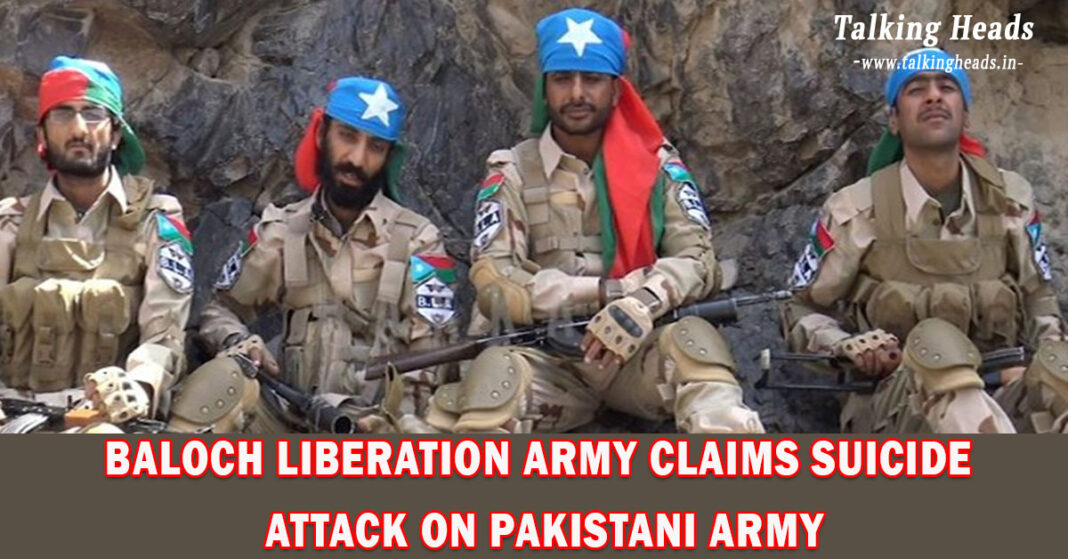On Sunday, the Baloch Liberation Army (BLA) claimed responsibility for a suicide bombing that targeted the Pakistani army, resulting in the deaths of 90 soldiers. The attack took place near Noshki on the highway, as a convoy of military vehicles was traveling from Quetta to Taftan. According to the BLA, its Majid and Fateh Brigades were behind the attack, which has shocked both local and international communities.
Table of Contents
How the Attack Unfolded
According to the BLA’s statement, the attack was carried out with a suicide bomber who drove an explosives-laden vehicle directly into the convoy. After the initial explosion, a second wave of attacks was launched by the BLA’s Fateh Squad, who infiltrated the convoy to inflict further damage. The vehicle that was directly hit by the suicide bomb was completely destroyed, and several soldiers were seriously injured. These wounded soldiers were rushed to a nearby hospital in Noshki, where emergency services have been put on high alert.
The BLA’s spokesperson confirmed that the attack happened on the RCD highway near Noshki, while the military convoy was en route. While the exact details remain unclear, the magnitude of the bombing has raised concerns about the growing intensity of violence in the region.
Pakistani Police Disputes the Death Toll
While the BLA has claimed that 90 soldiers were killed in the attack, Pakistani police have provided a different version of events. According to their report, a roadside bomb exploded near the highway, striking a bus that was transporting soldiers. The police stated that only five soldiers were killed in the explosion, with ten others injured. The injured were taken to a nearby hospital, and an investigation has been launched to determine the cause of the blast.
The conflicting accounts of the incident have only added to the confusion surrounding the attack. While the BLA insists that it was a suicide bombing, the police believe it was the result of a roadside bomb. This divergence in reports highlights the challenges of gathering accurate information in conflict zones.
A Recent Pattern of Violence
This attack is not an isolated incident. Just five days ago, the BLA carried out a dramatic hijacking of a passenger train in Pakistan. The BLA claimed to have killed 214 hostages, all of whom they said were connected to the Pakistani military. However, the Pakistani military downplayed these claims, stating that only 28 of its soldiers had been killed, while all 33 Baloch fighters involved in the hijacking had been killed in a counterstrike.
These attacks are part of a broader and increasingly violent campaign by the BLA to challenge Pakistan’s control over Balochistan. The region has long been a focal point for separatist movements, with the BLA pushing for greater autonomy for Balochistan, a province rich in natural resources but economically underdeveloped.
The Struggle for Balochistan
Balochistan, located in southwestern Pakistan, has been at the centre of a long-standing struggle for independence. The region is home to significant natural resources, including gas and mineral reserves, but many Baloch people feel they have not benefited from the wealth generated by these resources. Instead, they often feel marginalized and excluded from the political and economic processes of the country.
The Pakistani government has deployed its military in Balochistan to suppress separatist movements and maintain control over the region. However, the ongoing military presence and operations have been met with criticism, as many believe that these tactics have only fueled resentment and anger among the local population. The violence from groups like the BLA is a direct response to what they see as the Pakistani government’s exploitation of the region’s resources and neglect of its people.










